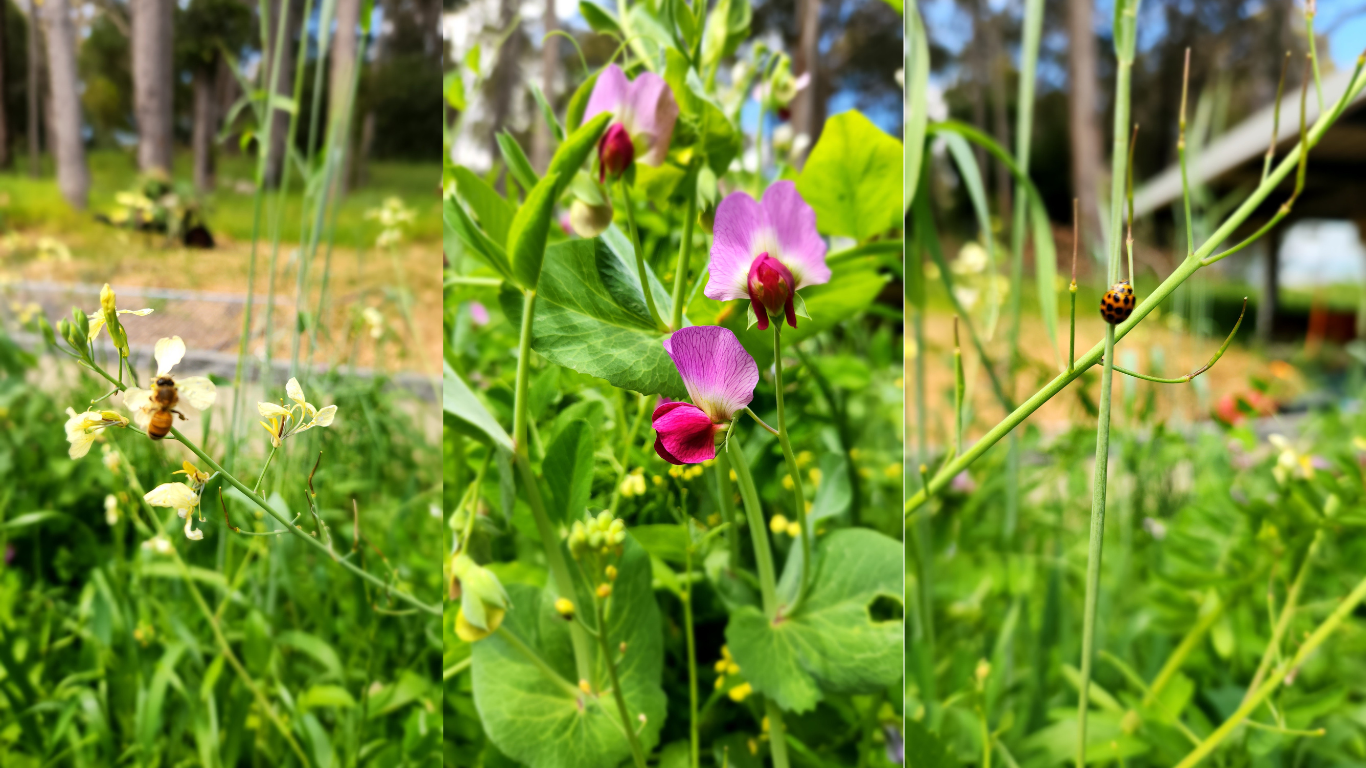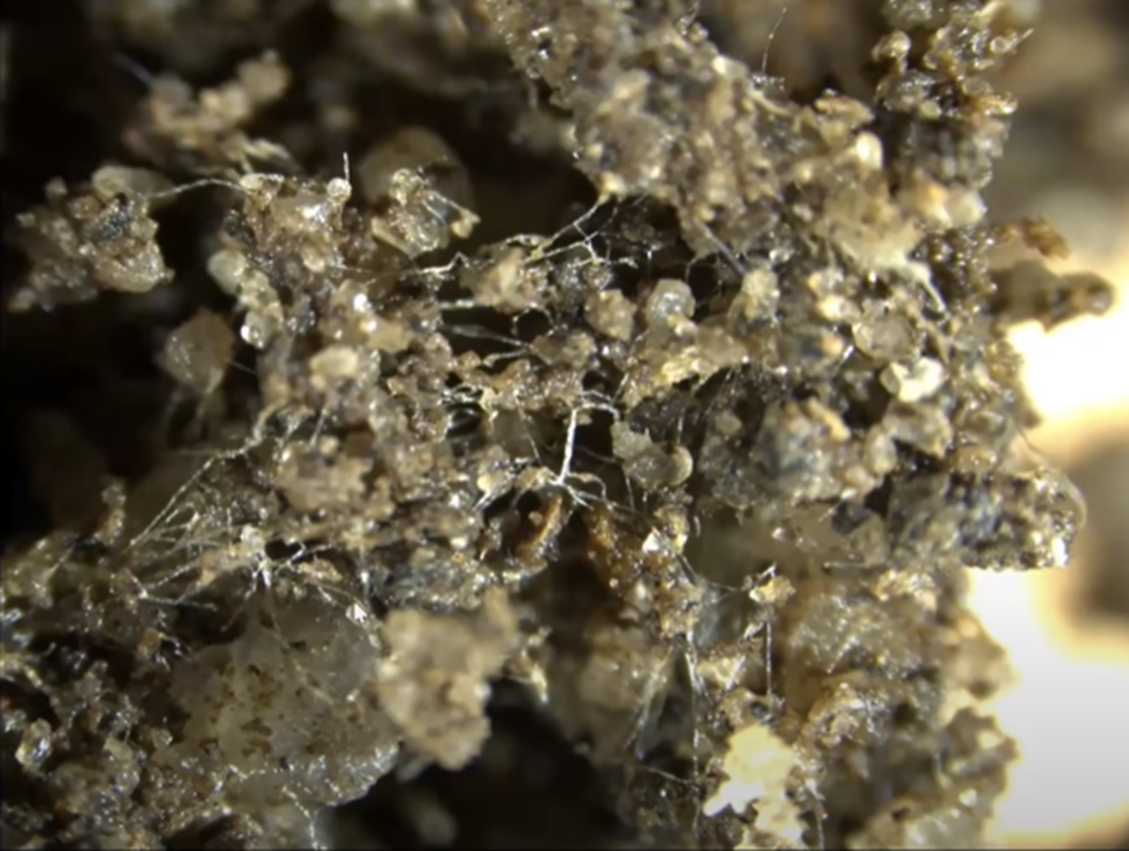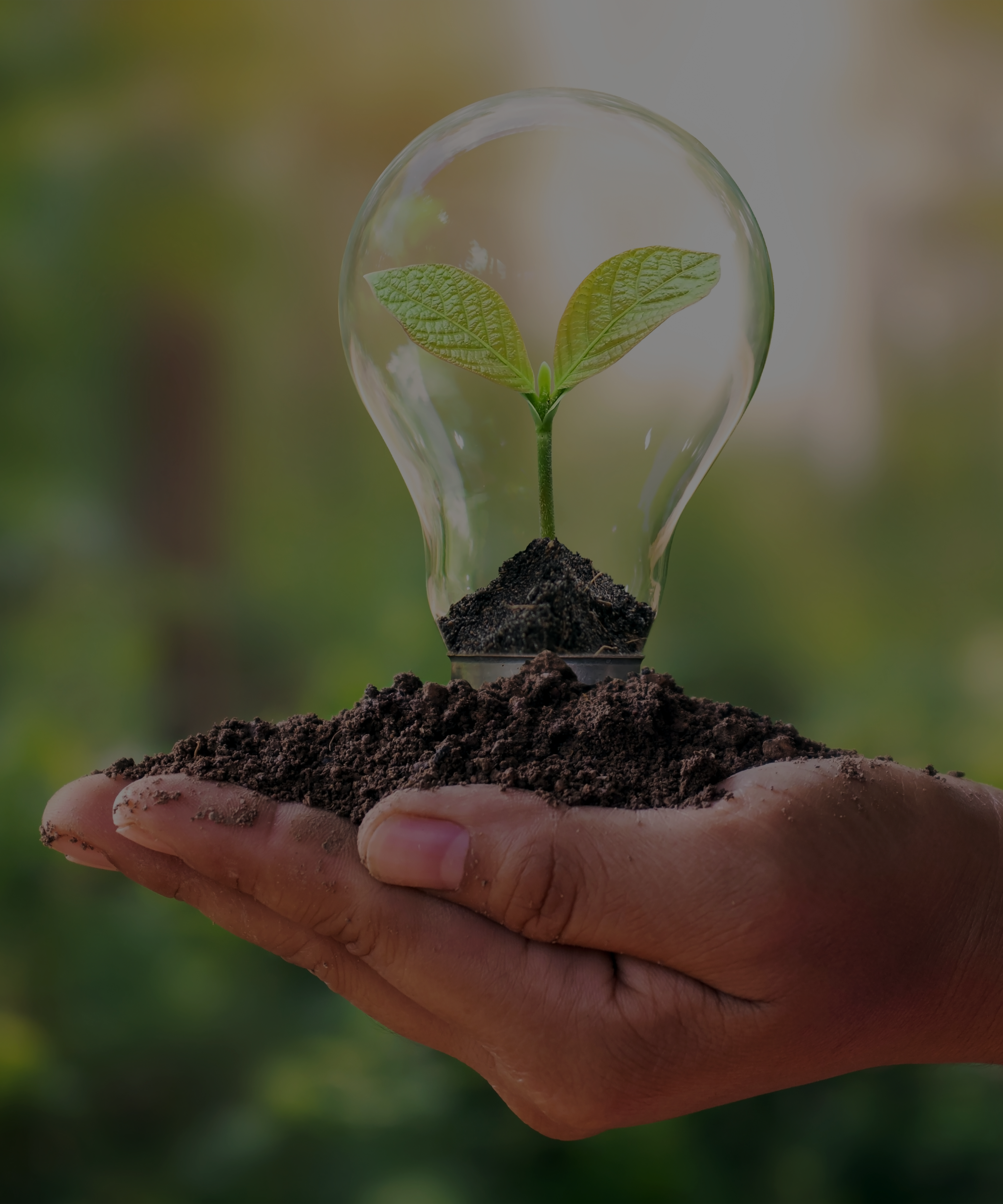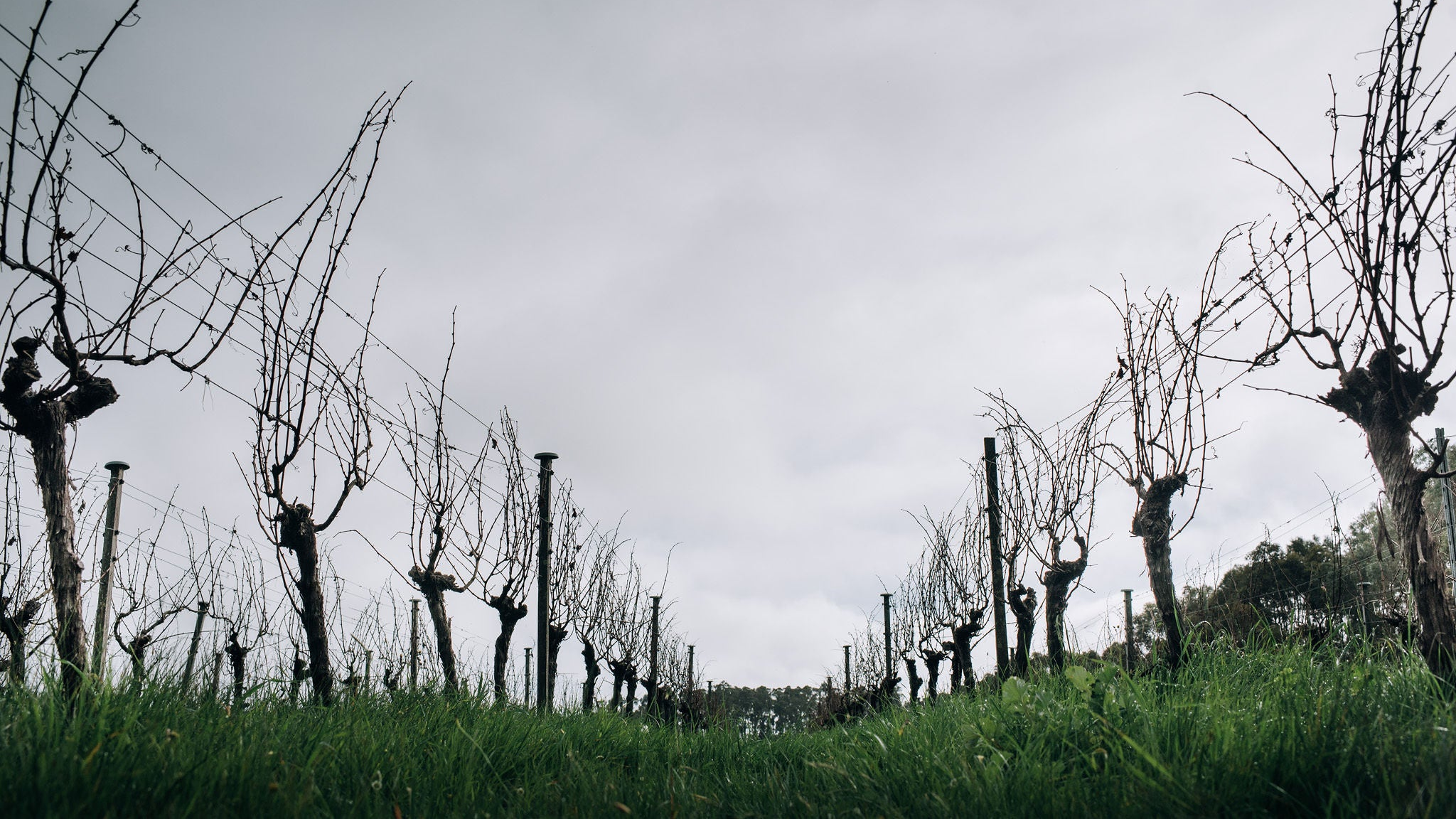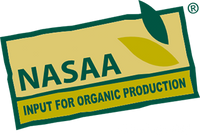How do you make an Organic Garden
Introduction
Organic gardening helps to prevent a loss of topsoil, toxic runoff, water pollution, soil contamination, soil poisoning, death of insects, birds, critters, and other beneficial soil organisms, as well as eliminating pesticide, herbicide, and fungicide residues on food from synthetic fertilisers.
So, are you looking for a way to live more sustainably and provide your family with fresh, healthy produce? Do you want to reduce your carbon footprint and create a more self-sufficient lifestyle? If so, organic home gardening may be the perfect solution for you.
In this guide, we will explore the basics of organic gardening and provide you with the tools you need to design, plan, and maintain a thriving organic garden in your own backyard. From soil preparation and composting to seed selection and pest management, we will cover all aspects of organic gardening to ensure your success.
In addition to providing, you with practical tips and techniques, we will also delve into the benefits of organic gardening, both for your own health and the health of the planet. You will learn how organic gardening can help reduce carbon emissions, promote biodiversity, and create a more sustainable food system.
No Green thumb required with Soil Dynamics whether you are a seasoned gardener looking to transition to organic practices, or a beginner eager to start your own garden, this little simple guide along with our websites FAQ has everything you need to get started on your journey to sustainable living.
The Basics of Organic Gardening
Before we dive into the specifics of organic gardening, it is important to understand the basics. Organic gardening is a method of growing plants without the use of synthetic fertilisers, pesticides, or genetically modified organisms (GMOs). Instead, organic gardening relies on natural processes and raw certified organic allowable inputs, such as rock minerals, liquid bio-stimulants, compost, and companion planting, to nourish and protect plants.
One of the primary benefits of organic gardening is that it promotes soil health, plant health and of course human health. Healthy soil is essential for growing healthy plants, and organic gardening practices help to create soil that is rich in nutrients and beneficial microorganisms establishing a healthy soil microbiome. By avoiding synthetic fertilizers and pesticides, organic gardeners can prevent soil degradation and maintain a healthy ecosystem.
Another benefit of organic gardening is that it is better for the environment. Synthetic fertilisers and pesticides can pollute waterways, harm wildlife, and contribute to climate change. By using natural inputs and practices, organic gardeners can reduce their impact on the environment and promote biodiversity.
To get started with organic gardening, it is important to choose the right location for your garden. Most vegetables and fruits require at least 6-8 hours of sunlight per day, so choose a spot that receives ample sunlight. You will also need to ensure that your garden has good drainage, as plants can become waterlogged if the soil does not drain properly.
You can begin preparing your soil once you have chosen your garden location. Organic gardeners rely on the above-mentioned inputs to nourish their plants,
Compost can be made from a variety of organic materials, such as vegetable scraps, grass clippings, and leaves. As the materials decompose, they create a nutrient-rich soil amendment that can be added to your garden beds.
How to make compost
Rock Minerals and liquid bio-stimulants provide additional nutrients to their plants. It is important to choose organic inputs that are certified for use in organic gardening, as some products may contain synthetic chemicals even though they use the word organic (this means they are referring to organic matter (this does not mean it is chemical free). So, check for certifying bodies such as SXC, NASAA, ACO logos. This will ensure they are certified inputs for organic production. Soil Dynamics is certified with SXC
Our certifed organic fertiliser Inputs explained
When it comes to planting, organic gardeners have a variety of options. Many prefer to start their plants from seed, while others prefer to purchase seedlings or transplants from a local nursery. Regardless of how you start your plants, it is important to choose varieties that are well-suited to your growing region and that are disease resistant.
Aussie Grow Guide
One of the keys to successful organic gardening is to prevent pests and diseases before they become a problem. This can be achieved through a variety of techniques, such as crop rotation, companion planting, and using natural pest repellents. For example, planting marigolds around your garden can help repel pests, while planting basil near tomatoes can improve their flavour and deter pests.
In addition to preventing pests and diseases, organic gardeners may also use natural methods to control them. For example, spraying plants with a solution of neem oil (ensure this is done on non- sunny days to prevent the plant from burning. Think of neem oil as putting baby oil on and then heading out for a suntan the results would not be great) and water can help control a variety of pests, while using a copper fungicide can prevent fungal diseases.
Overall, organic gardening is a rewarding and sustainable way to grow your own food. By following the basic principles of organic gardening and using natural inputs and practices, you can create a thriving garden that nourishes both you and the planet. In the following chapters, we will delve into specific topics, such as soil preparation, pest management, and more, to provide you with the tools you need to become a successful organic gardener.
Organic Soil Preparation
One of the most important aspects of organic gardening is soil preparation. Healthy soil is the foundation for a successful garden, as it provides the nutrients and structure that plants need to grow and thrive. In this chapter, we will explore the key principles of soil preparation for organic gardening.
The first step in soil preparation is to assess the quality of your soil. Is it sandy, loamy or gravel (an easy way to determine this is to dig into your soil to approximately 200mm and see its consistency.)
Next step if you want to, you can also perform a soil test, which will provide information on the pH level, nutrient content, cation exchange and also the texture of your soil. Based on the results of your soil test, you can determine what amendments your soil needs to support healthy plant growth.
One of the key principles of organic soil preparation is to build soil fertility through organic matter. This can be done through the addition of compost, manure, rock minerals or other organic materials to the soil. These inputs provide essential nutrients to the soil and help to improve its structure, making it easier for plant roots to penetrate and absorb nutrients.
Another important aspect of soil preparation is ensuring good drainage. Poorly drained soil can lead to root rot and other problems, so it is important to make sure that your garden beds are well-drained. This can be achieved by adding organic matter to the soil, which can improve its water-holding capacity, or by incorporating sand or other coarse materials to improve drainage. OR in most cases where the soil is sandy the addition of bentonite or even better a product called mineral magic which comes from Biogenic Amorphous Silica (BAS) sourced from the Pilbara in Western Australia.
Overall, soil preparation is a critical step in organic gardening. By building soil fertility through organic matter, ensuring good drainage, and selecting plants well-suited to your soil type, you can create a healthy and productive garden.
Contact us here for further information on where and how to do a soil test
Seed Starting
Seed starting is the process of growing plants from seeds indoors before transplanting them to your garden. It is an essential step in organic gardening, as it allows you to choose the varieties of plants you want to grow and gives you control over the growing conditions.
To get started with seed starting, you will need a few basic supplies, including seed trays or containers, potting soil, seeds, and a light source. Seed trays can be purchased at garden centers or online, or you can make your own from recycled materials.
Once you have your supplies, it is time to plant your seeds. Start by filling your seed trays with potting soil and compost and gently pressing the soil down to create a firm surface. Then, follow the instructions on your seed packets to determine how deep to plant your seeds and how far apart they should be.
After planting your seeds wth the Nutrient Rock Star , water them gently with a Seaweed Tonic such as Happy Gut Tonic. This stimulates root development and creates immunity in a plant, then cover the tray with plastic wrap or a clear lid to create a mini greenhouse effect. This will help to keep the soil moist and warm, which will encourage germination.
Once your seeds have germinated and started to grow, it is important to provide them with adequate light. A sunny window may provide enough light for some plants, but most will require supplemental light from grow lights or fluorescent tubes. Position your lights 2-4 inches above the plants and adjust the height as the plants grow.
As your seedlings grow, it is important to keep them well-watered and to fertilize them with a gentle, organic fertilizer. Once they have outgrown their seed trays, it is time to transplant them to larger containers or to your garden.
When doing this add some Nutrient Rock Star and water in with the Happy Gut Tonic
In conclusion, seed starting is an essential step in organic gardening. By choosing your own varieties of plants and controlling the growing conditions, you can set your garden up for success. With a few basic supplies and some patience, you can grow healthy, thriving plants from seed. Once planted, follow our easy-to-use guide with our bio-stimulants and your garden becomes the envy of others. In the next chapter, we will explore the process of companion planting, which is a technique used to improve plant health and yield.
Companion Planting
Companion planting is the practice of planting different types of plants together to improve plant health and yield. By selecting plants that have a beneficial relationship with one another, you can reduce pest problems, improve soil fertility, and increase yields in your garden.
A common example of companion planting is planting herbs and flowers alongside vegetables. For example, marigolds are often planted alongside tomatoes to repel nematodes and other pests. Basil is another popular herb to plant alongside tomatoes, as it repels flies and mosquitoes.
When planning your companion planting, it is important to consider the specific needs and habits of each plant. Some plants may be allelopathic, which means they release chemicals that can inhibit the growth of other plants. For example, walnuts are allelopathic and should not be planted near other plants.
In addition to selecting compatible plant combinations, it is also important to consider timing. Planting crops in succession or staggering planting times can help to extend your harvest and ensure a steady supply of fresh produce throughout the growing season.
In conclusion, companion planting is a valuable technique for improving plant health and yield in your organic garden. By selecting compatible plant combinations and considering timing, you can create a thriving ecosystem in your garden. In the next chapter, we will explore the importance of soil health and how to improve soil fertility through organic methods.
Oh, and do not forget for the following season to ensure rotational cropping this means do not plant the same crops in the same bed as the season before it as this can cause fungal diseases. We also recommend once a bed has been cropped 3 times it is time to rest it by planting out a cover crop which you then turn in before planting out again
Companion Gardening Guide
Soil Health and Fertility
Soil health is critical to the success of your organic garden. Healthy soil contains a balanced mix of organic matter, minerals, and microorganisms, which work together to support plant growth and health. Organic methods for improving soil fertility include adding compost, using cover crops, and rotating crops as mentioned above.
Compost is an essential component of organic gardening, as it provides a rich source of nutrients and beneficial microorganisms to the soil. Compost can be made from a variety of organic materials, including food scraps, yard waste, and manure. To make compost, simply layer these materials in a compost bin or pile, and let nature do the work. Over time, the materials will break down into a nutrient-rich soil amendment that can be added to your garden beds.
Cover crops are another valuable tool for improving soil health. Cover crops are planted between growing seasons to help build soil fertility and suppress weeds. Examples of cover crops include clover, rye, and buckwheat. When the cover crop is ready to be turned under, it adds organic matter to the soil and releases nutrients that will be available for your next crop.
Crop rotation is another important practice for improving soil health. Crop rotation involves planting diverse types of crops in the same area over time. This helps to reduce pests and disease problems, as well as improve soil fertility. For example, planting legumes like peas or beans can help fix nitrogen in the soil, which will benefit crops like corn or tomatoes that are heavy feeders.
It is also important to avoid using synthetic fertilizers and pesticides, which can harm the beneficial microorganisms and insects that live in the soil. Instead, use natural methods such as compost, cover crops, and crop rotation to improve soil health and fertility.
In conclusion, soil health and fertility are critical to the success of your organic garden. By using organic methods such as composting, cover cropping, and crop rotation, you can improve the quality of your soil and create a thriving ecosystem in your garden. In the next chapter, we will explore the process of natural pest control and how to prevent and treat common garden pests using organic methods.
Step by Step guide
Quarterly Planner
Natural Pest Control
One of the biggest challenges of organic gardening is managing pests without synthetic pesticides. However, there are many natural methods for controlling pests that can be just as effective and will not harm the environment or beneficial insects.
The first step in pest control is prevention. By creating a healthy ecosystem in your garden, you can reduce the risk of pest problems. This includes practicing crop rotation, using cover crops, and maintaining healthy soil. Choosing disease-resistant plant varieties and planting companion plants that repel pests can also be helpful.
If pests do become a problem, there are many natural methods for controlling them. One effective method is the use of physical barriers, such as row covers or netting, to keep pests away from your plants. You can also handpick pests, such as caterpillars or slugs, and dispose of them in a bucket of soapy water.
Another effective pest control method is the use of beneficial insects, such as ladybugs, lacewings, and praying mantises. These insects feed on common garden pests, such as aphids and mites, and can be purchased from garden supply stores or online.
Natural insecticides can also be used to control pests. These include products made from plant extracts, such as neem oil or pyrethrin, which are toxic to insects but safe for humans and beneficial insects. It is important to follow the instructions carefully when using these products, and to only use them as a last resort.
In addition to controlling pests, it is important to create a habitat for beneficial insects in your garden. This includes planting flowers that attract pollinators, such as bees and butterflies, and providing a source of water for these insects.
In conclusion, natural pest control is an essential part of organic gardening. By creating a healthy ecosystem in your garden, practicing prevention, and using natural methods for controlling pests, you can create a thriving garden that is free of harmful chemicals and supports a diverse range of beneficial insects. In the next chapter, we will explore the process of harvesting and preserving your organic garden bounty.
Harvesting and Preserving Your Organic Garden Bounty
After all your hard work in the garden, it is time to enjoy the fruits of your labor! Harvesting your crops at the right time is essential to ensure the best flavour and nutrition. Here are some tips for harvesting and preserving your organic garden bounty:
- Harvest in the morning: The best time to harvest your vegetables is in the morning when they are cool and hydrated. This will help maintain their freshness and flavour.
- Use the right tools: Use sharp scissors or pruning shears to harvest your vegetables to avoid damaging the plant. For root vegetables like carrots and beets, use a digging fork or spade to gently lift them from the soil.
- Store properly: Once harvested, store your vegetables in a cool, dry place. Some vegetables can be stored in the refrigerator, while others, like onions and garlic, can be stored in a cool, dark pantry.
- Preserve excess harvest: If you have a surplus of vegetables, consider preserving them for later use. Canning, freezing, and dehydrating are all great options for preserving your organic harvest.
- Share with others: If you have more produce than you can use or preserve, consider sharing it with friends, family, or a local food bank.
Preserving your harvest is not only a fantastic way to enjoy your organic vegetables year-round, but it is also a sustainable practice that can help reduce food waste.
In addition to preserving your harvest, it is important to properly care for your garden tools and equipment. Cleaning and sharpening your tools after use can help extend their lifespan and ensure they are ready for use the next season.
In the next chapter, we will discuss the importance of composting and how to turn your garden waste into nutrient-rich soil for your garden.
Water Management for an Eco-Friendly Organic Garden
Water is a precious resource, and conserving it is an important part of organic gardening. Here are some tips for water management in your garden:
- Use drip irrigation: Drip irrigation is an efficient watering system that delivers water directly to your plants' roots. This can help reduce water waste and prevent over-watering.
- Install rain barrels: Collecting rainwater in barrels can provide a free and sustainable source of water for your garden. You can use this water to irrigate your plants during dry spells or periods of drought.
- Water early in the morning: Watering your garden early in the morning can help reduce water loss due to evaporation. It can also help prevent fungal diseases by allowing leaves to dry before the sun gets too hot.
- Mulch your garden: mulching your garden can help retain moisture in the soil and prevent water loss due to evaporation.
- Choose water-efficient plants: Certain plants require less water than others. Choosing drought-tolerant plants and varieties that are adapted to your climate can help reduce water use in your garden.
By using these water management techniques in your organic garden, you can conserve water and promote sustainability. With careful planning and management, you can create a garden that is both beautiful and eco-friendly.
Conclusion on Organic Gardening
There is nothing more rewarding than organic gardening and harvesting from your own backyard. The mineral density retained in the food you eat is nothing you will find at the shops as the best time to eat what you harvest is right there and then
Our WHY
5 Critical Warning Signs Your fertiliser isn't Organic no subscribing required
eBook
By following the tips and strategies outlined in this book and making the most of the links provided and all the free resources on our website, you can create a thriving organic garden that is healthy for you, your family, and the environment.
So, grab your shovel and get started on your organic gardening journey today!
And reach out with any queries we are here to help you get there
Wellness from the ground up is where it is at – Now that’s Dynamic!
With gratitude the team at Soil Dynamics

